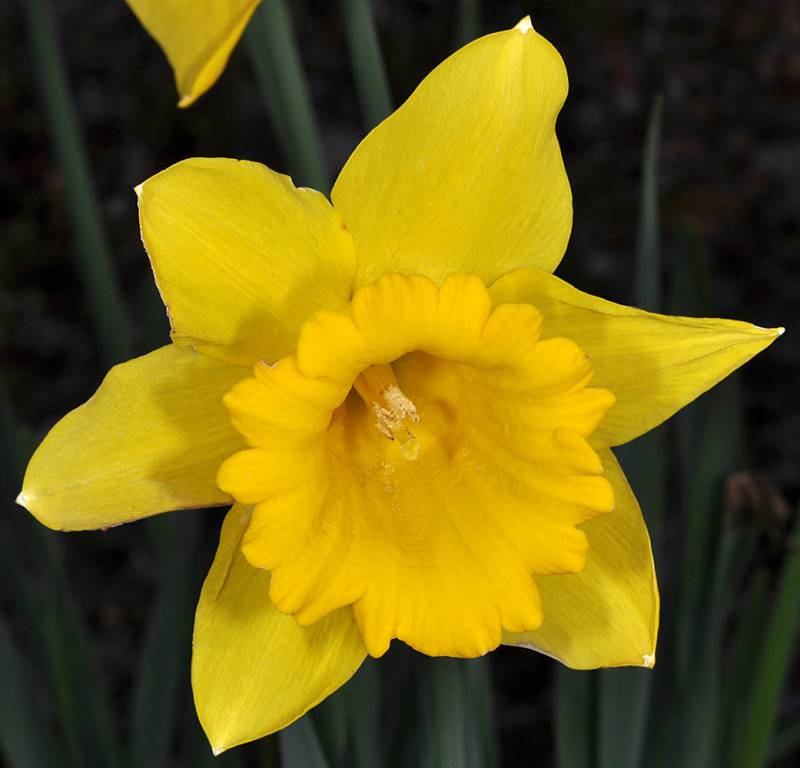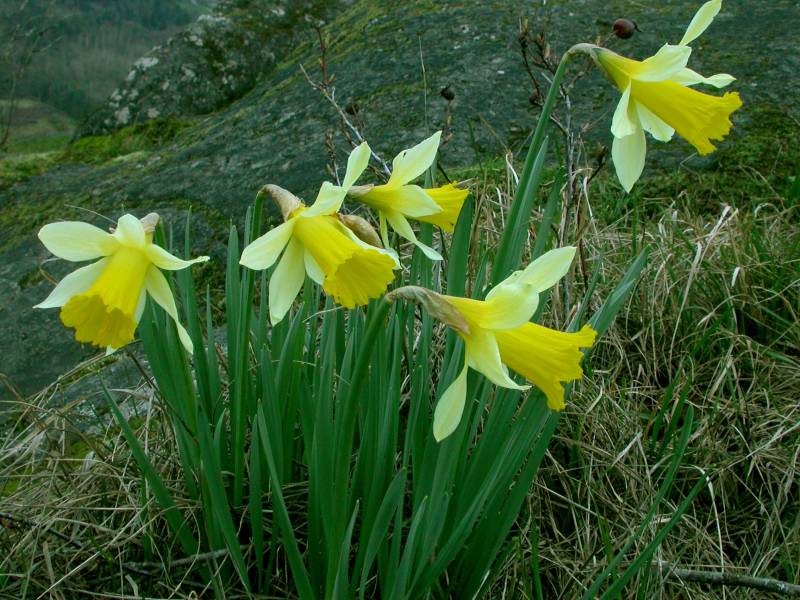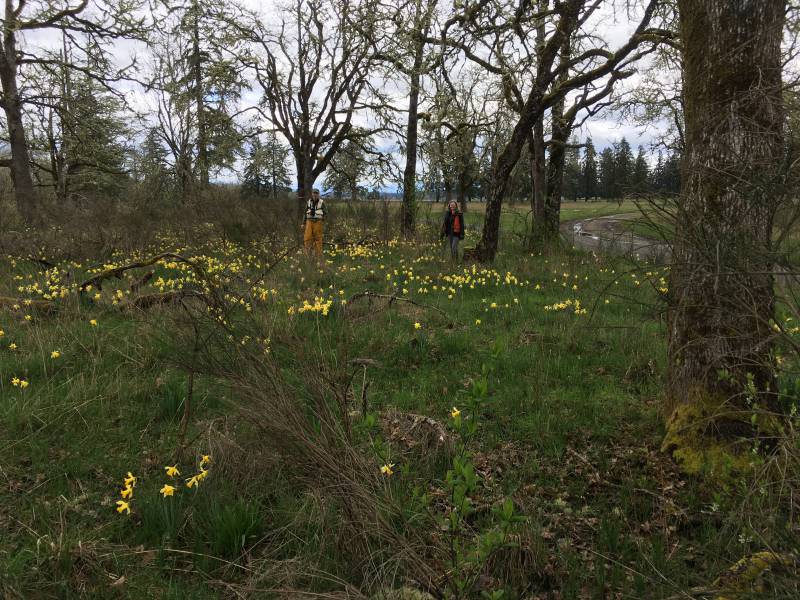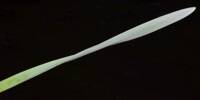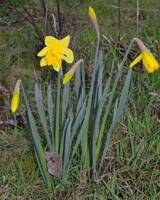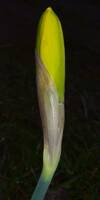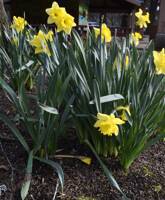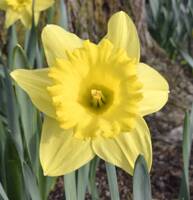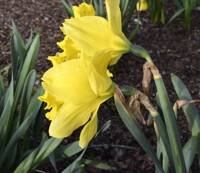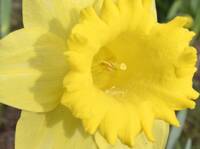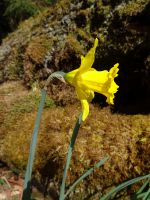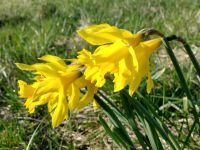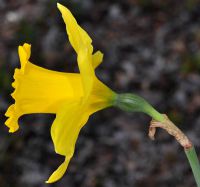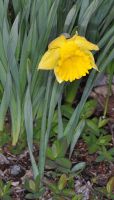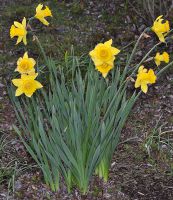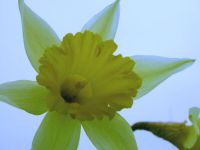Distribution: Occurring west of the Cascades crest in lowland western Washington; Washington to California, east to Idaho; also in eastern North America.
Habitat: Roadsides, fields, pastures, forest edge, and waste places.
Flowers: March-April
Origin: Introduced from Europe
Growth Duration: Perennial
Conservation Status: Not of concern
Pollination: Bees
Scapose, perennial herbs from bulbs, the bulbs ovoid, 3-5 cm. long and 2-3 cm. wide, the outer layer pale brown.
Leaves 3-4, flat, all basal, 20-45 cm. long and 5-12 mm. wide, glaucous.
Flowers fragrant, solitary on the scape; buds enclosed in a pale brown papery bract; perianth white, 5-7 cm. wide, the tube 1.5-2 cm. long, tapering abruptly to the base; tepals 6, the distinct portions erect to spreading, often twisted, oblanceolate, 2.5-3.5 cm. long and 1-1.5 cm. wide; perianth tube surmounted by a tubular corona, yellow, tubular, 30-35 mm. long and 15-25 mm. wide; stamens 6, in one series; ovary inferior, 3-celled.
Capsule.
Publication: Sp. Pl. 1: 289. (as pseudo narcissus). 1753.
PNW Herbaria: Specimen records of Narcissus pseudonarcissus in the Consortium of Pacific Northwest Herbaria database
WA Flora Checklist: Narcissus pseudonarcissus checklist entry
OregonFlora: Narcissus pseudonarcissus information
E-Flora BC: Narcissus pseudonarcissus atlas page
CalPhotos: Narcissus pseudonarcissus photos

